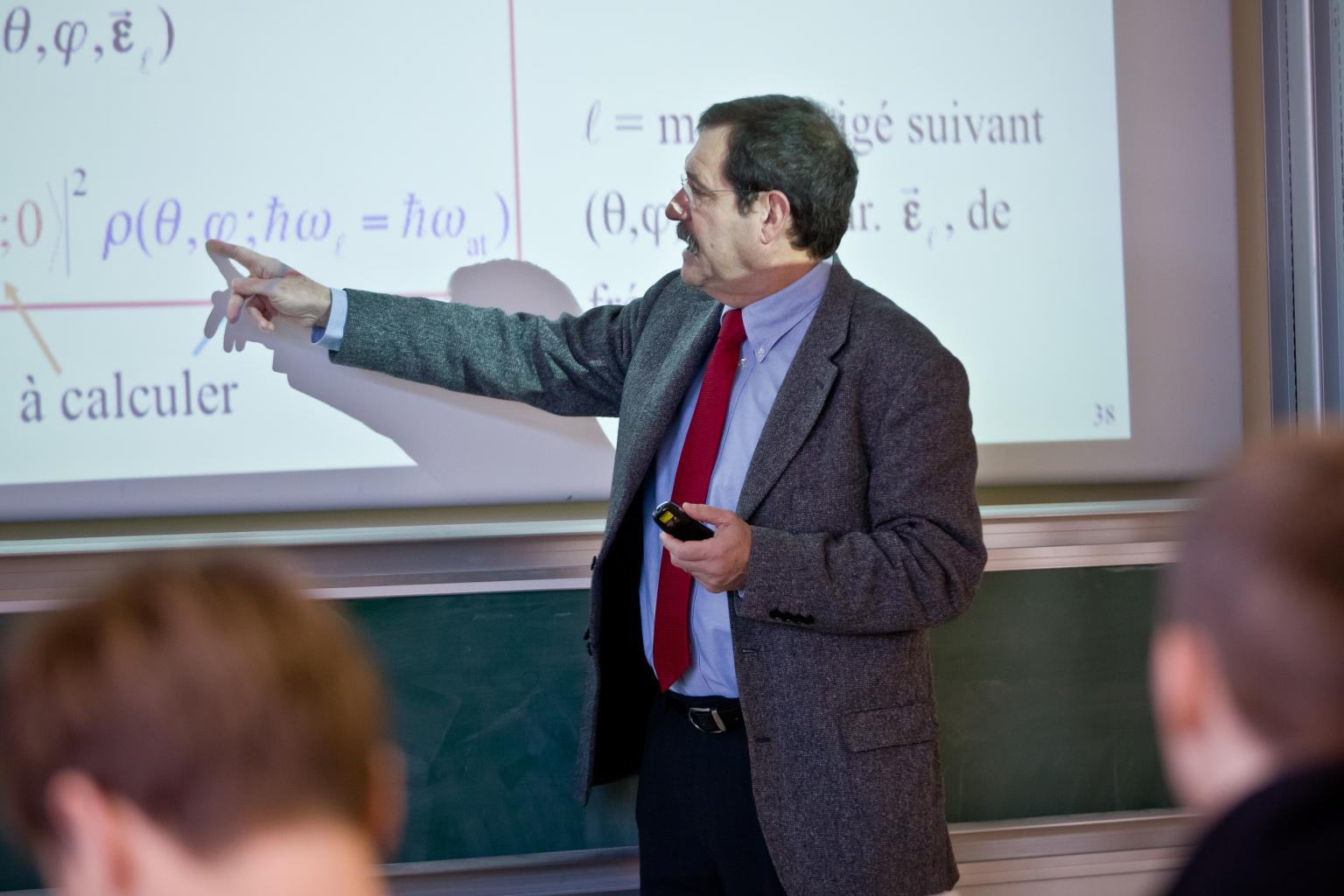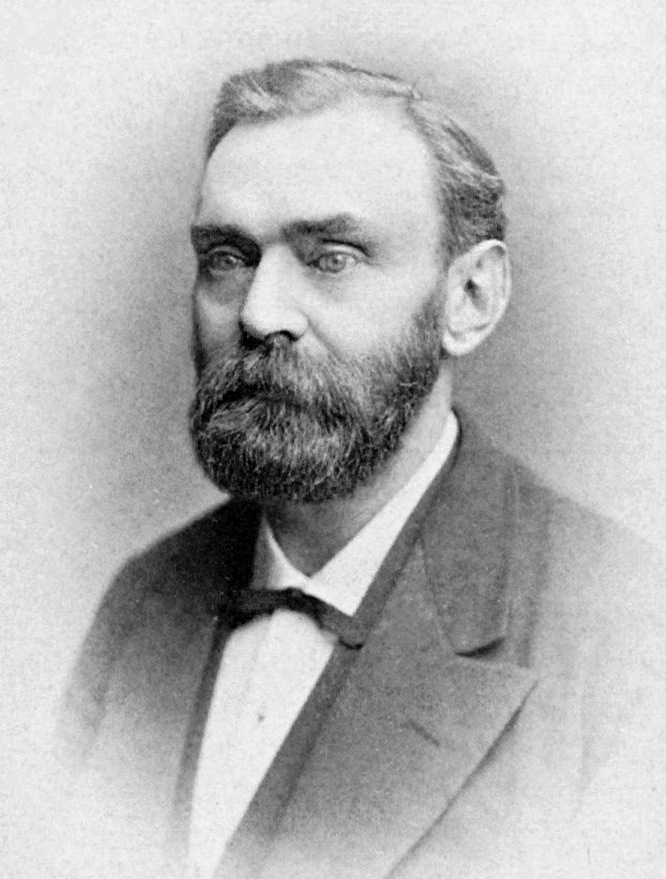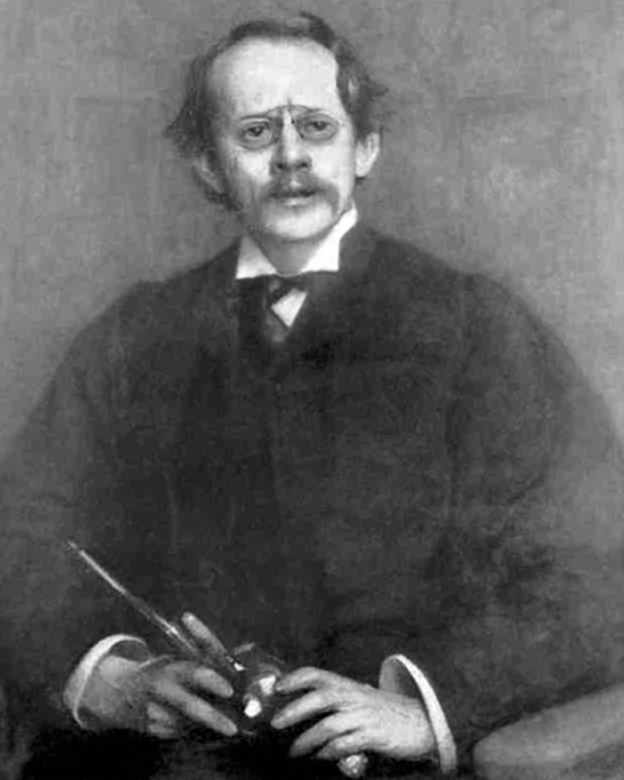|
John S. Bell
John Stewart Bell (28 July 1928 – 1 October 1990) was a physicist from Northern Ireland and the originator of Bell's theorem, an important theorem in quantum physics regarding hidden-variable theories. In 2022, the Nobel Prize in Physics was awarded to Alain Aspect, John Clauser, and Anton Zeilinger for work on Bell inequalities and the experimental validation of Bell's theorem. Biography Early life and work Bell was born in Belfast, Northern Ireland to a working class family. Due to financial hardship, neither parent and none of his three older siblings completed high school, typically dropping out of school by age 14 to work. When he was 11 years old, he decided to be a scientist, and encouraged by his mother, at 16 he graduated from Belfast Technical High School. Then in an exceptionally rare occurrence for someone of his background, Bell attended the Queen's University of Belfast, where, in 1948, he obtained a bachelor's degree in experimental physics and, a year ... [...More Info...] [...Related Items...] OR: [Wikipedia] [Google] [Baidu] |
Belfast
Belfast (, , , ; from ) is the capital city and principal port of Northern Ireland, standing on the banks of the River Lagan and connected to the open sea through Belfast Lough and the North Channel (Great Britain and Ireland), North Channel. It is the second-largest city in Ireland (after Dublin), with an estimated population of in , and a Belfast metropolitan area, metropolitan area population of 671,559. First chartered as an English settlement in 1613, the town's early growth was driven by an influx of Scottish people, Scottish Presbyterian Church in Ireland, Presbyterians. Their descendants' disaffection with Kingdom of Ireland, Ireland's Protestant Ascendancy, Anglican establishment contributed to the Irish Rebellion of 1798, rebellion of 1798, and to the Acts of Union 1800, union with Kingdom of Great Britain, Great Britain in 1800—later regarded as a key to the town's industrial transformation. When granted City status in the United Kingdom#Northern Ireland, city s ... [...More Info...] [...Related Items...] OR: [Wikipedia] [Google] [Baidu] |
Chiral Anomaly
In theoretical physics, a chiral anomaly is the anomalous nonconservation of a chiral current. In everyday terms, it is analogous to a sealed box that contained equal numbers of left and right-handed bolts, but when opened was found to have more left than right, or vice versa. Such events are expected to be prohibited according to classical conservation laws, but it is known there must be ways they can be broken, because we have evidence of charge–parity non-conservation ("CP violation"). It is possible that other imbalances have been caused by breaking of a ''chiral law'' of this kind. Many physicists suspect that the fact that the observable universe contains more matter than antimatter is caused by a chiral anomaly. Research into chiral symmetry breaking laws is a major endeavor in particle physics research at this time. Informal introduction The chiral anomaly originally referred to the anomalous decay rate of the neutral pion, as computed in the current algebra ... [...More Info...] [...Related Items...] OR: [Wikipedia] [Google] [Baidu] |
John Clauser
John Francis Clauser (; born December 1, 1942) is an American theoretical and experimental physicist known for contributions to the foundations of quantum mechanics, in particular the Clauser–Horne–Shimony–Holt inequality. Clauser was awarded the 2022 Nobel Prize in Physics, jointly with Alain Aspect and Anton Zeilinger "for experiments with entangled photons, establishing the violation of Bell inequalities and pioneering quantum information science". In 2023, he declared himself as a climate change denier. Early life Clauser was born in Pasadena, California. His father, Francis H. Clauser, was a professor of aeronautical engineering who founded and chaired the aeronautics department at Johns Hopkins University. He later served as the Clark Blanchard Millikan Professor of Engineering at the California Institute of Technology (Caltech). His mother, Catharine McMillan, was the humanities librarian at Caltech and sister of 1951 Nobel Prize in Chemistry laureate Edwin ... [...More Info...] [...Related Items...] OR: [Wikipedia] [Google] [Baidu] |
Alain Aspect
Alain Aspect (; born 15 June 1947) is a French physicist noted for his experimental work on quantum entanglement. Aspect was awarded the 2022 Nobel Prize in Physics, jointly with John Clauser and Anton Zeilinger, "for experiments with Quantum entanglement, entangled photons, establishing the violation of Bell inequalities and pioneering quantum information science". Education Aspect is a graduate of the École Normale Supérieure de Cachan (ENS Cachan, today part of Paris-Saclay University). He passed the ''agrégation'' in physics in 1969 and received his PhD degree in 1971 from the École supérieure d'optique (later known as Institut d'Optique Graduate School) of Université d'Orsay (later known as Université Paris-Sud). He then taught for three years in Cameroon as a replacement for then compulsory military service. In the early 1980s, while working on his doctorat d'État (habilitation thesis), he performed the Bell test experiments that showed that Albert Einstein, Boris ... [...More Info...] [...Related Items...] OR: [Wikipedia] [Google] [Baidu] |
Nobel Prize In Physics
The Nobel Prize in Physics () is an annual award given by the Royal Swedish Academy of Sciences for those who have made the most outstanding contributions to mankind in the field of physics. It is one of the five Nobel Prizes established by the will of Alfred Nobel in 1895 and awarded since 1901, the others being the Nobel Prize in Chemistry, Nobel Prize in Literature, Nobel Peace Prize, and Nobel Prize in Physiology or Medicine. Physics is traditionally the first award presented in the Nobel Prize ceremony. The prize consists of a medal along with a diploma and a certificate for the monetary award. The front side of the medal displays the same profile of Alfred Nobel depicted on the medals for Physics, Chemistry, and Literature. The first Nobel Prize in Physics was awarded to German physicist Wilhelm Röntgen in recognition of the extraordinary services he rendered by the discovery of X-rays. This award is administered by the Nobel Foundation and is widely regarded as the ... [...More Info...] [...Related Items...] OR: [Wikipedia] [Google] [Baidu] |
Hidden-variable Theory
In physics, a hidden-variable theory is a Determinism, deterministic model which seeks to explain the probabilistic nature of quantum mechanics by introducing additional, possibly inaccessible, variables. The mathematical formulation of quantum mechanics assumes that the state of a system prior to measurement is quantum indeterminacy, indeterminate; quantitative bounds on this indeterminacy are expressed by the Heisenberg uncertainty principle. Most hidden-variable theories are attempts to avoid this indeterminacy, but possibly at the expense of requiring that Quantum nonlocality, nonlocal interactions be allowed. One notable hidden-variable theory is the de Broglie–Bohm theory. In their 1935 Einstein–Podolsky–Rosen paradox, EPR paper, Albert Einstein, Boris Podolsky, and Nathan Rosen argued that quantum entanglement might imply that quantum mechanics is an incomplete description of reality. John Stewart Bell in 1964, in his Bell's theorem, eponymous theorem proved that co ... [...More Info...] [...Related Items...] OR: [Wikipedia] [Google] [Baidu] |
Quantum Mechanics
Quantum mechanics is the fundamental physical Scientific theory, theory that describes the behavior of matter and of light; its unusual characteristics typically occur at and below the scale of atoms. Reprinted, Addison-Wesley, 1989, It is the foundation of all quantum physics, which includes quantum chemistry, quantum field theory, quantum technology, and quantum information science. Quantum mechanics can describe many systems that classical physics cannot. Classical physics can describe many aspects of nature at an ordinary (macroscopic and Microscopic scale, (optical) microscopic) scale, but is not sufficient for describing them at very small submicroscopic (atomic and subatomic) scales. Classical mechanics can be derived from quantum mechanics as an approximation that is valid at ordinary scales. Quantum systems have Bound state, bound states that are Quantization (physics), quantized to Discrete mathematics, discrete values of energy, momentum, angular momentum, and ot ... [...More Info...] [...Related Items...] OR: [Wikipedia] [Google] [Baidu] |
Physicist
A physicist is a scientist who specializes in the field of physics, which encompasses the interactions of matter and energy at all length and time scales in the physical universe. Physicists generally are interested in the root or ultimate causes of Phenomenon, phenomena, and usually frame their understanding in mathematical terms. They work across a wide range of Physics#Research fields, research fields, spanning all length scales: from atom, sub-atomic and particle physics, through biological physics, to physical cosmology, cosmological length scales encompassing the universe as a whole. The field generally includes two types of physicists: Experimental physics, experimental physicists who specialize in the observation of natural phenomena and the development and analysis of experiments, and Theoretical physics, theoretical physicists who specialize in mathematical modeling of physical systems to rationalize, explain and predict natural phenomena. Physicists can apply their k ... [...More Info...] [...Related Items...] OR: [Wikipedia] [Google] [Baidu] |
Biographical Memoirs Of Fellows Of The Royal Society
The ''Biographical Memoirs of Fellows of the Royal Society'' is an academic journal on the history of science published annually by the Royal Society. It publishes obituaries of Fellows of the Royal Society. It was established in 1932 as ''Obituary Notices of Fellows of the Royal Society'' and obtained its current title in 1955, with volume numbering restarting at 1. Prior to 1932, obituaries were published in the '' Proceedings of the Royal Society''. The memoirs are a significant historical record and most include a full bibliography of works by the subjects. The memoirs are often written by a scientist of the next generation, often one of the subject's own former students, or a close colleague. In many cases the author is also a Fellow. Notable biographies published in this journal include Albert Einstein, Alan Turing, Bertrand Russell Bertrand Arthur William Russell, 3rd Earl Russell, (18 May 1872 – 2 February 1970) was a British philosopher, logician, mathematic ... [...More Info...] [...Related Items...] OR: [Wikipedia] [Google] [Baidu] |
Dirac Medal (IOP)
The Paul Dirac Medal and Prize is a gold medal awarded annually by the Institute of Physics (Britain's and Ireland's main professional body for physicists) for "outstanding contributions to theoretical (including mathematical and computational) physics". The award, which includes a £1000 prize, was decided upon by the Institute of Physics in 1985, and first granted in 1987. Recipients See also * List of physics awards * List of awards named after people This is a list of awards that are named after people. A B C D E F G H I J K L M N O P R S T U–V W Y Z See also *Lists of awards *List of eponyms *List of awards named after governors-g ... References {{reflist Awards of the Institute of Physics British science and technology awards Physics awards Awards established in 1985 ... [...More Info...] [...Related Items...] OR: [Wikipedia] [Google] [Baidu] |
Hughes Medal
The Hughes Medal is a silver-gilt medal awarded by the Royal Society The Royal Society, formally The Royal Society of London for Improving Natural Knowledge, is a learned society and the United Kingdom's national academy of sciences. The society fulfils a number of roles: promoting science and its benefits, re ... of London "in recognition of an original discovery in the physical sciences, particularly electricity and magnetism or their applications". Named after David E. Hughes, the medal is awarded with a gift of £1000. The medal was first awarded in 1902 to J. J. Thomson "for his numerous contributions to electric science, especially in reference to the phenomena of electric discharge in gases", and has since been awarded over one hundred times. Unlike other Royal Society medals, the Hughes Medal has never been awarded to the same individual more than once. The medal has on occasion been awarded to multiple people at a time; in 1938 it was won by John Cockcroft ... [...More Info...] [...Related Items...] OR: [Wikipedia] [Google] [Baidu] |
Dannie Heineman Prize For Mathematical Physics
Dannie Heineman Prize for Mathematical Physics is an award given each year since 1959 jointly by the American Physical Society and American Institute of Physics. It is established by the Heineman Foundation in honour of Dannie Heineman. As of 2010, the prize consists of US$10,000 and a certificate citing the contributions made by the recipient plus travel expenses to attend the meeting at which the prize is bestowed. Past Recipients Source: American Physical Society *2025 Samson Shatashvili *2024 David C. Brydges *2023 Nikita Nekrasov *2022 Antti Kupiainen and Krzysztof Gawędzki *2021 Joel Lebowitz *2020 Svetlana Jitomirskaya *2019 T. Bill Sutherland, Francesco Calogero and Michel Gaudin *2018 Barry Simon *2017 Carl M. Bender *2016 Andrew Strominger and Cumrun Vafa *2015 Pierre Ramond *2014 Gregory W. Moore *2013 Michio Jimbo and Tetsuji Miwa *2012 Giovanni Jona-Lasinio *2011 Herbert Spohn *2010 Michael Aizenman *2009 Carlo Becchi, Alain Rouet, Raymond Sto ... [...More Info...] [...Related Items...] OR: [Wikipedia] [Google] [Baidu] |





